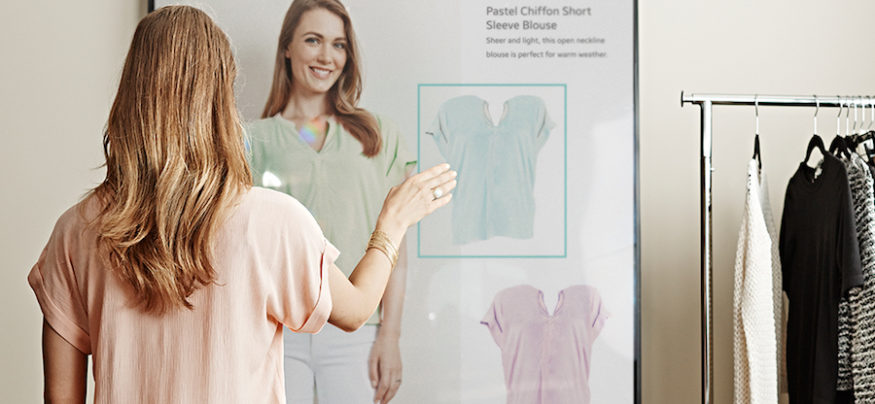Several apparel brands have incorporated data-driven technology into their websites to analyse the fit and size of their clothing ranges. This is to boost consumer satisfaction and reduce return rates, according to Global Data's Online Apparel Market & Forecasts to 2025 report.
For sizing recommendations, Zara uses AI technology online using a consumer's height, weight, and preferred fit before recommending a size. To display its dresses on more models, Asos partnered with Zeekit in mid-2020. As a result of this feature, shoppers were able to better determine if the products would suit them due to less variety in models, resulting in a lower return rate.
Since returns are becoming such a problem, technology companies are generating more organic inbound traffic instead of doing outbound selling.
Providing a good experience to the consumer leads to brand loyalty.
This means we are encouraging consumers to buy only one size, and not return products since return rates are a logistical, financial, and sustainable nightmare for retailers.
All of this feeds into a more sustainable fashion ecosystem.

Trends that Impact Retail Return
A rise in 'green' returns
Sustainability is becoming a more important issue for fashion brands, and they have begun publishing sustainability strategies to reduce waste and carbon emissions as well as improve employee working conditions.
A few of the most efficient ways for companies to reduce their carbon footprint without compromising customer service include reusable packaging, digital and paperless invoices, and QR code return shipping labels.
Returns via omnichannel
When it comes to convenience, omnichannel is always the best option in 2022! Additionally, Buy Online Return In-Store (BORIS) can promote brick-and-mortar store sales and drive additional foot traffic through online experiences.
Your latest products and promotions can grab the attention of your customers, boosting sales. Streamlining the entire process and pre-approving returns online can reduce confusion and streamline the return process. The customer can drop off their package and get a refund to their original payment method right away.
The try-on technology
In light of this high return rate, it's no wonder many retailers are trying to figure out how to use new technologies like virtual reality for sizing. Shoppers might be able to reduce the number of returns by turning to these tools before they proceed with their purchases, especially in the fashion retail industry. Moreover, virtual reality companies can guide shoppers in choosing the right clothing size online and enable retailers to address the issue of online returns. As a matter of fact, artificial intelligence and machine learning are here to make our lives easier.
Customers can gain trust and drive future sales by turning returns into opportunities for retailers. Being proactive, taking action, and staying up to date on the latest industry trends and best practices are key, especially with the increase in sales and returns.

